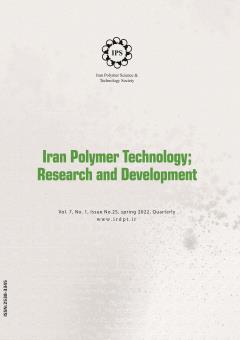-
-
List of Articles
-
Open Access Article
1 - -
Zahra Talebpour Zeinab Zamani -
Open Access Article
2 - -
Mohammad Azadi Mehrnaz Farokhpour -
Open Access Article
3 - A Review of Mechanical Recycling of Polylactic Acid: Challenges and Recent Achievements
Farzane Tabatabaee -
Open Access Article
4 - -
Farzad Mehrjo -
Open Access Article
5 - Review on the Polysulfone Based Membranes for Separation of Low-Density Lipoprotein from Blood
Rahim Dehghan Jalal Barzin Behnam Darabi Hamidreza Ghaderi -
Open Access Article
6 - Polyoxymetal / polymer composites An overview of synthesis methods and their properties
Marziyeh Kavian Milad Ghani Jahan Bakhsh Raoof
-
The rights to this website are owned by the Raimag Press Management System.
Copyright © 2017-2026







